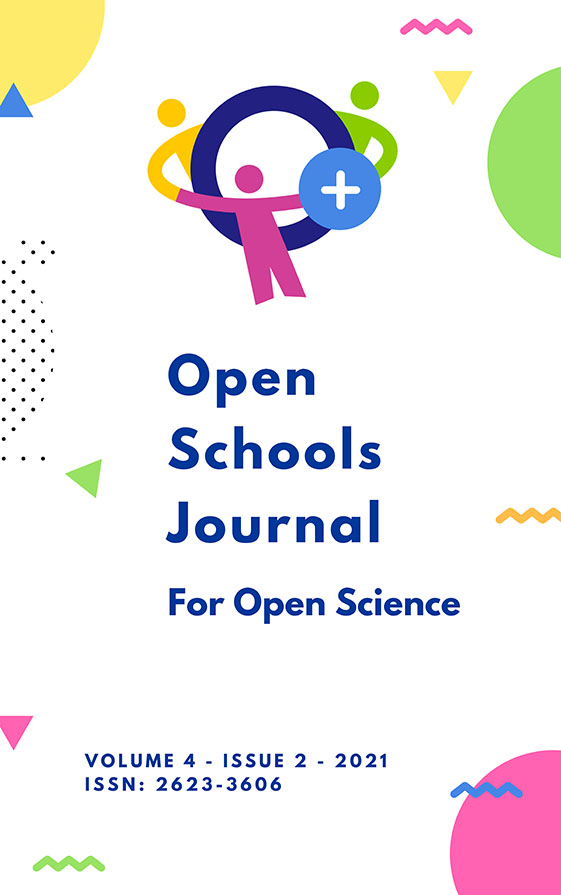The Potential Role of RT-LAMP in SARS-CoV-2 Diagnosis Based on Limit of Detection
Abstract
The COVID-19 pandemic, caused by the novel coronavirus SARS-CoV-2, that arose in 2019 underscored the significance of testing and diagnostics in order to combat the rapid spread of the disease. The most common method for SARS-CoV-2 RNA detection has been the RT-qPCR method, which is insufficient in terms of meeting the immense demand for testing due to its relatively high time-consumption. Under these circumstances, the urgent need for a rapid and similarly sensitive testing arised, and the RT-LAMP method was proven to be a promising alternative. This review compares the lowest concentration levels of SARS-CoV-2 RNA that these two mentioned methods can detect, examining several reviews and research. It was found that the detection limit of RT-qPCR is lower in comparison to RT-LAMP, which demonstrates a higher sensitivity, thus, reducing the false negative outcomes. Nonetheless, RT-LAMP is more convenient for being deployed as a point-of-care test for vast amounts of people considering its rapidity in detection and simplicity, albeit it has a higher detection limit compared to RT-qPCR.
Article Details
- How to Cite
-
Celebi, A. (2021). The Potential Role of RT-LAMP in SARS-CoV-2 Diagnosis Based on Limit of Detection. Open Schools Journal for Open Science, 4(2). https://doi.org/10.12681/osj.26548
- Issue
- Vol. 4 No. 2
- Section
- Greece

This work is licensed under a Creative Commons Attribution-NonCommercial-ShareAlike 4.0 International License.
Authors who publish with this journal agree to the following terms:
Authors retain copyright and grant the journal right of first publication with the work simultaneously licensed under a Creative Commons Attribution licence that allows others to share the work with an acknowledgement of the work's authorship and initial publication in this journal.
Authors are able to enter into separate, additional contractual arrangements for the non-exclusive distribution of the journal's published version of the work (e.g. post it to a repository), with an acknowledgement of its initial publication in this journal.
Authors are permitted and encouraged to post their work online prior to and during the submission process, as it can lead to productive exchanges, as well as earlier and greater citation of published work (See The Effect of Open Access).




